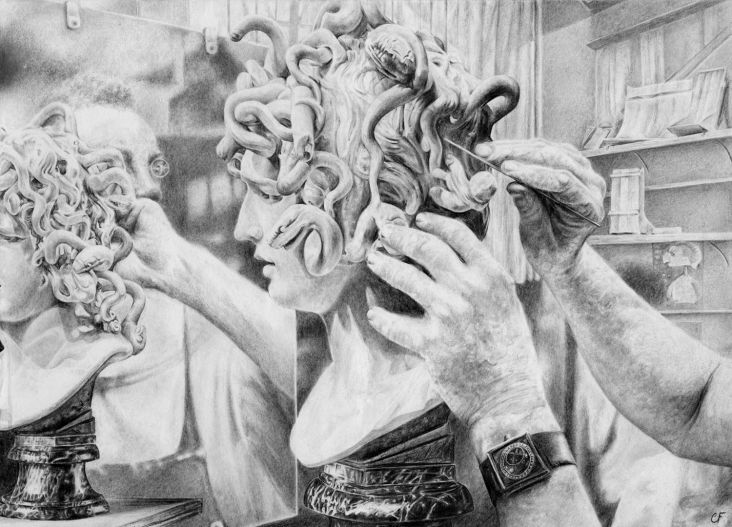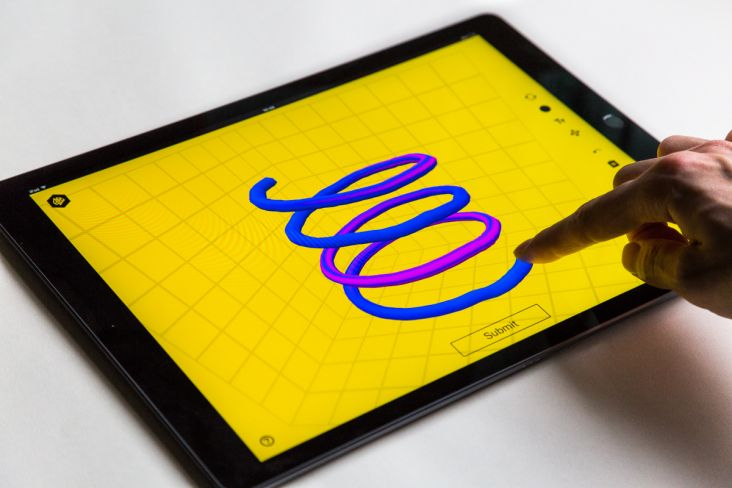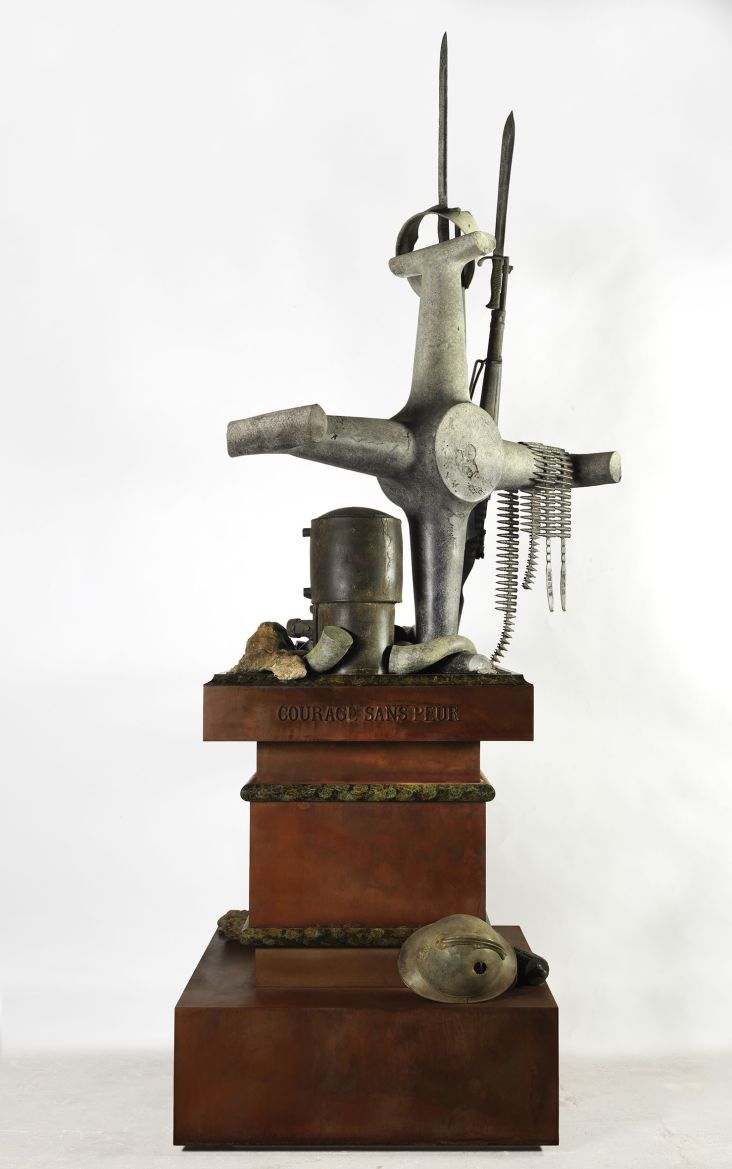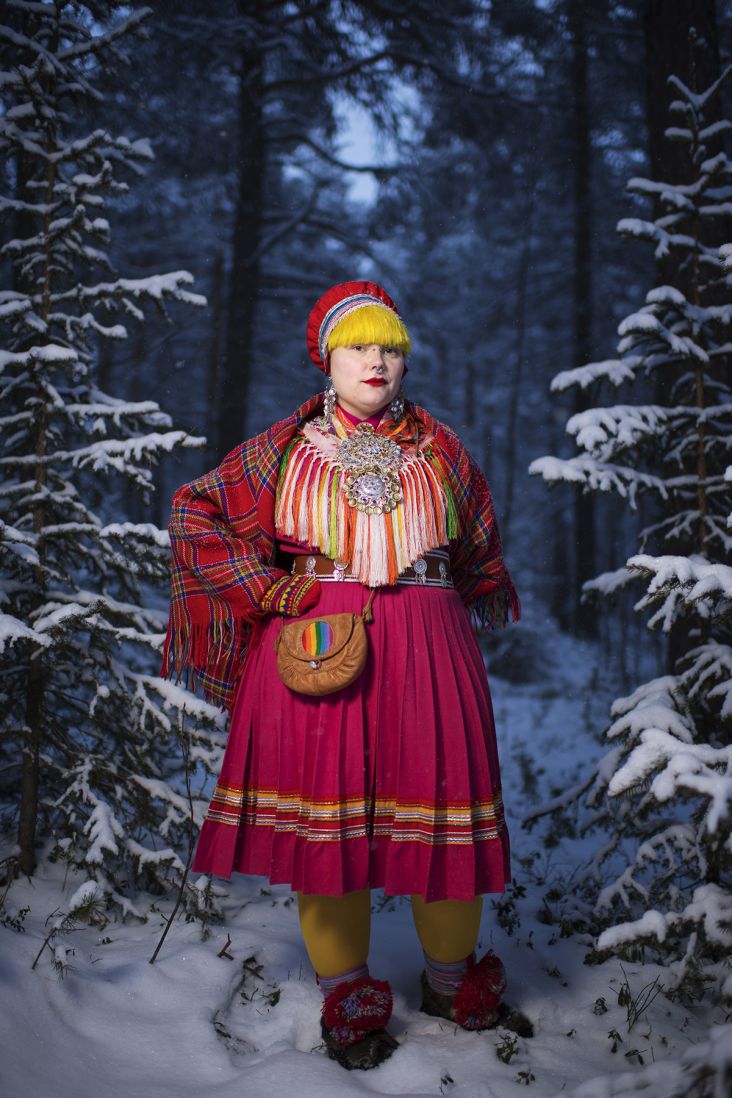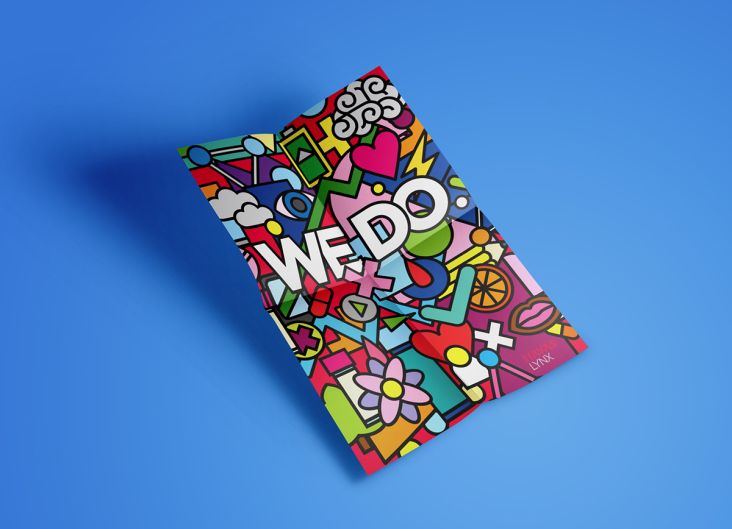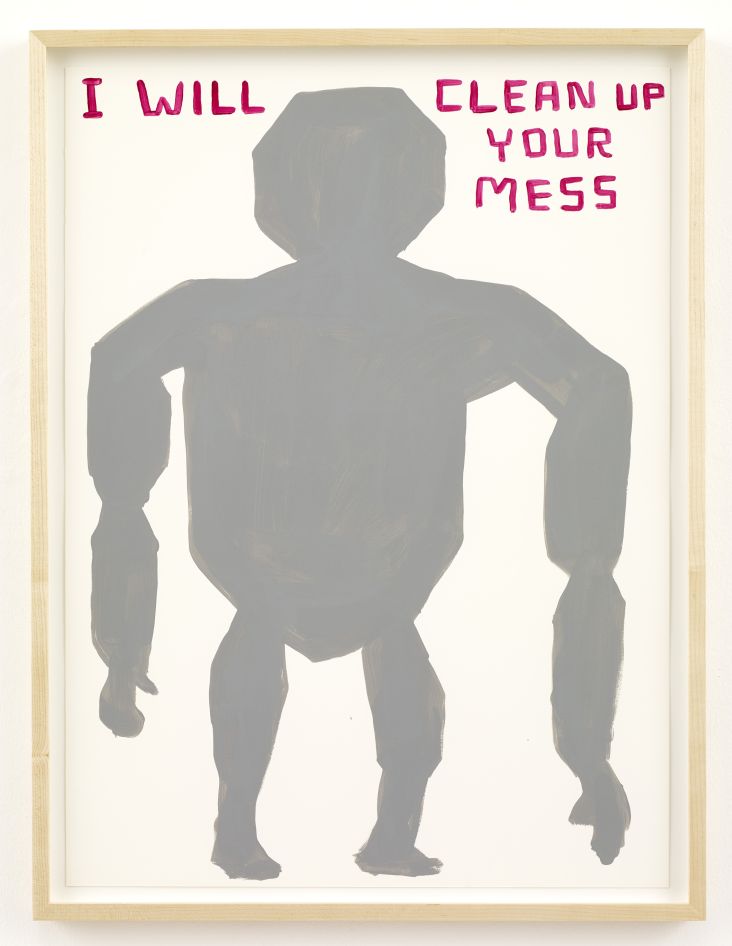Grunts and Grapples: a visual history of the golden age of British wrestling
The publishers of a superb book that will delight graphic design enthusiasts and wrestling lovers alike describe the sport very accurately as “a national entertainment that straddled the line between sport and pantomime.”
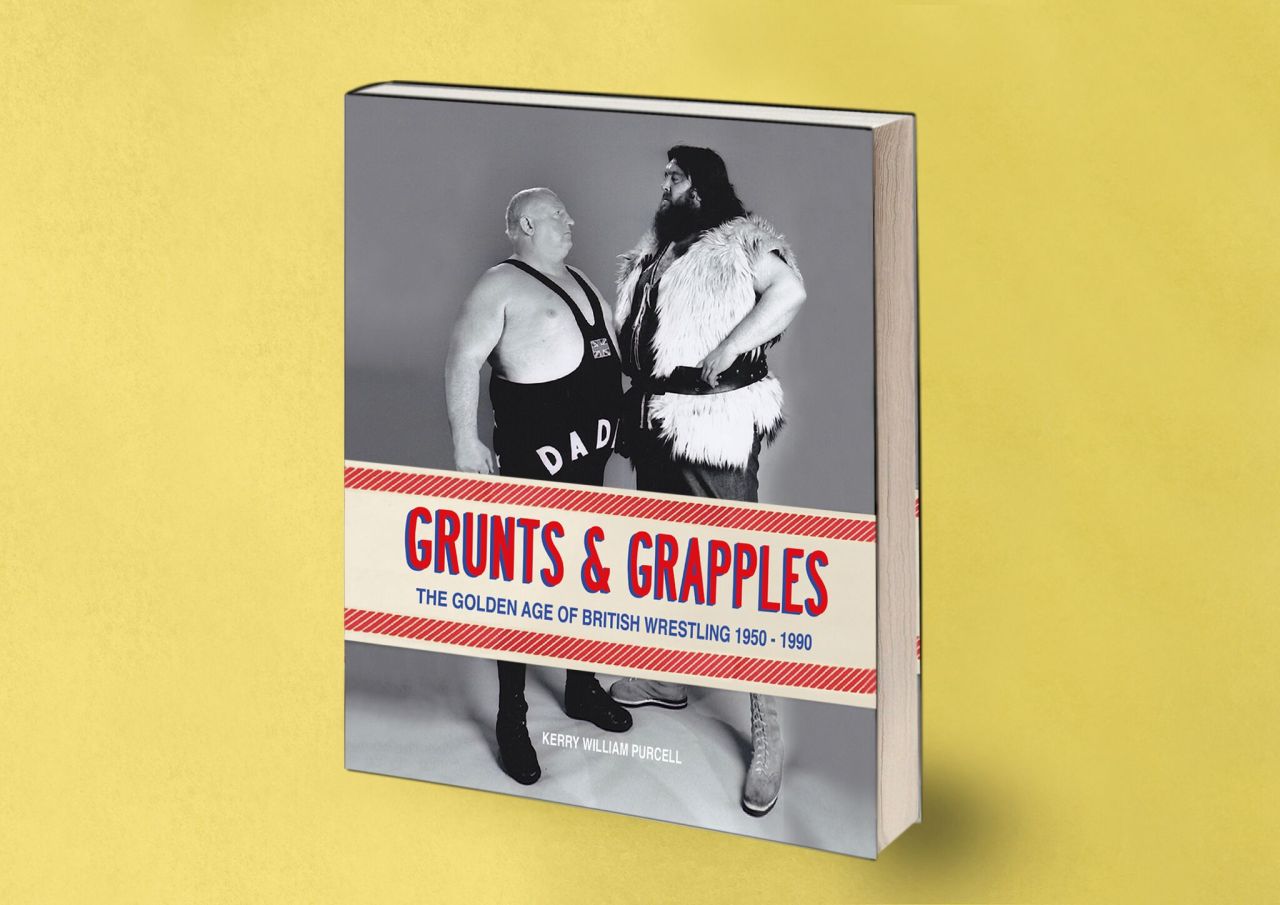
Entitled Grunts and Grapples, the tome brings together a plethora of design ephemera and imagery collected over many years and covering the 1950s to the 1990s.
Among those glorious pieces of print and photography, we see the likes of Kendo Nagasaki, Giant Haystacks, Jackie Pallo, Crusher Mason, and a visual history of “a lost era when wrestling was huge and bouts took place every night in halls all over the country.”
Created by writer and collector Kerry Purcell and distributed through Unbound, Grunts and Grapples delineates the “outrageous outfits, the often genuine antagonism, the holds and moves, the larger-than-life characters, the role of women wrestlers, and the audience itself,” showcased via photographs, original posters, magazines, flyers, the costumes, and much more. These images sit alongside insight and interviews with fans and key figures from British wrestling.
“As a form of public entertainment, wrestling emerged from the earlier traditions of the music hall and circus ring,” explains the author. “This heritage played a key role in the development of the characters, storylines, and audience participation, which were all unique to the sport.
“Grunts and Grapples will also explore this influence in the posters produced to promote the wrestling matches. Like the bill posters created for comedians, singers and conjurers in the world of vaudeville, the wrestling poster used a variety of graphic techniques to attract the eye. Names such as ‘Rex Strong’, ‘Ivan the Red’, or ‘Billy Two Rivers’, were mostly printed in red and black, always in bold, and set in capitals.
“Below the names, set in a smaller type, there was often a quote from the wrestler or additional information about their physiognomy. The earlier works consisted largely of type, but in time photographs were included of wrestlers executing poses that communicated a feature of their assumed name. Produced by the anonymous printer, these ephemeral objects were frequently requested at short notice, but the outcome was works of enduring graphic beauty.”
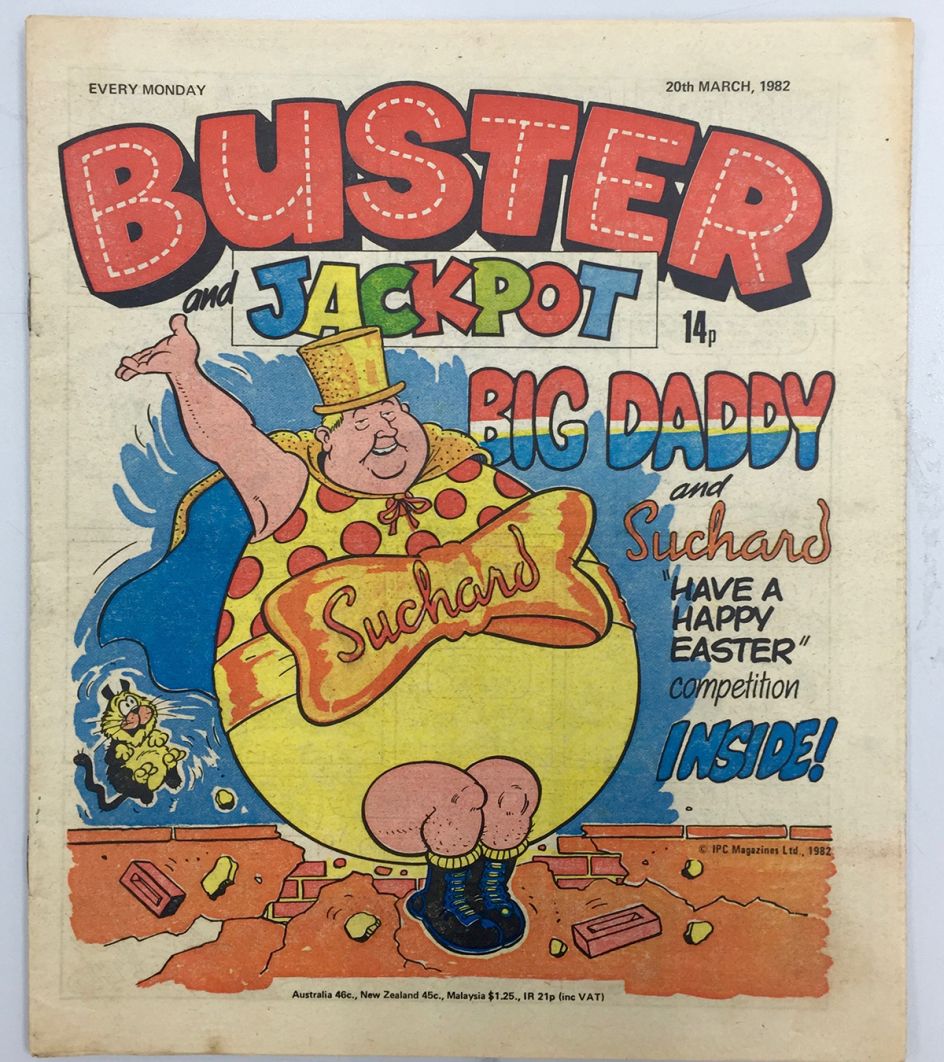

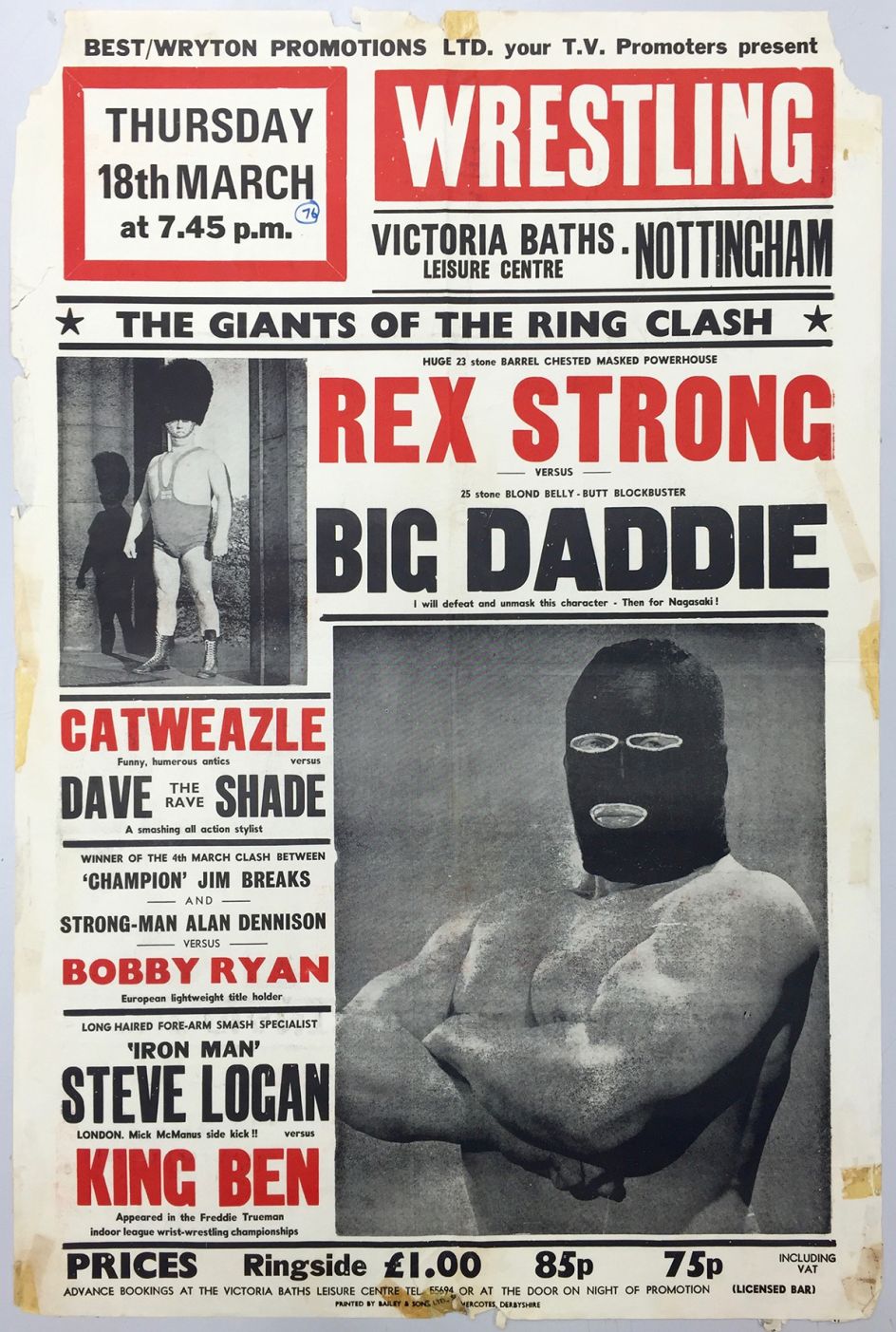
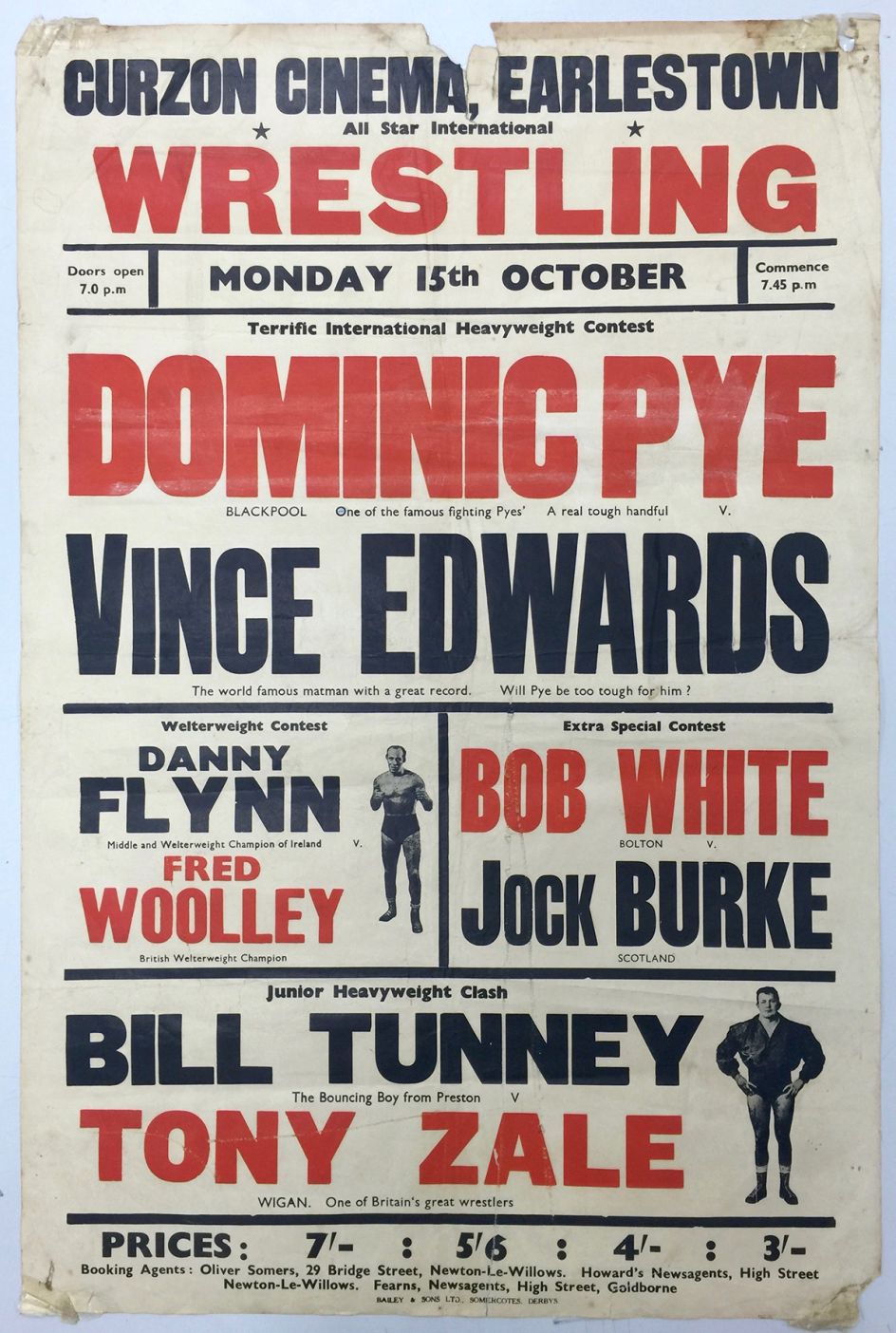
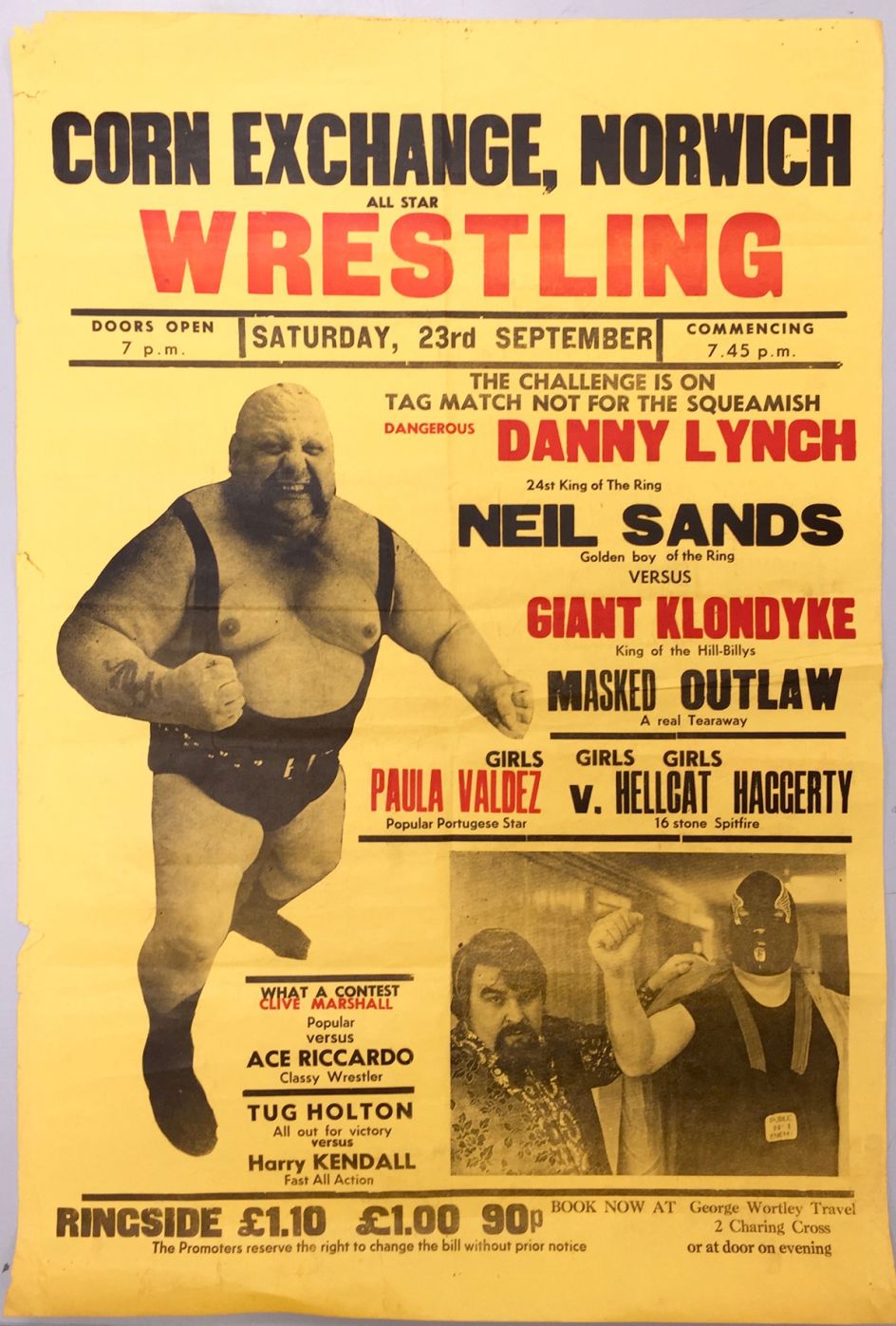
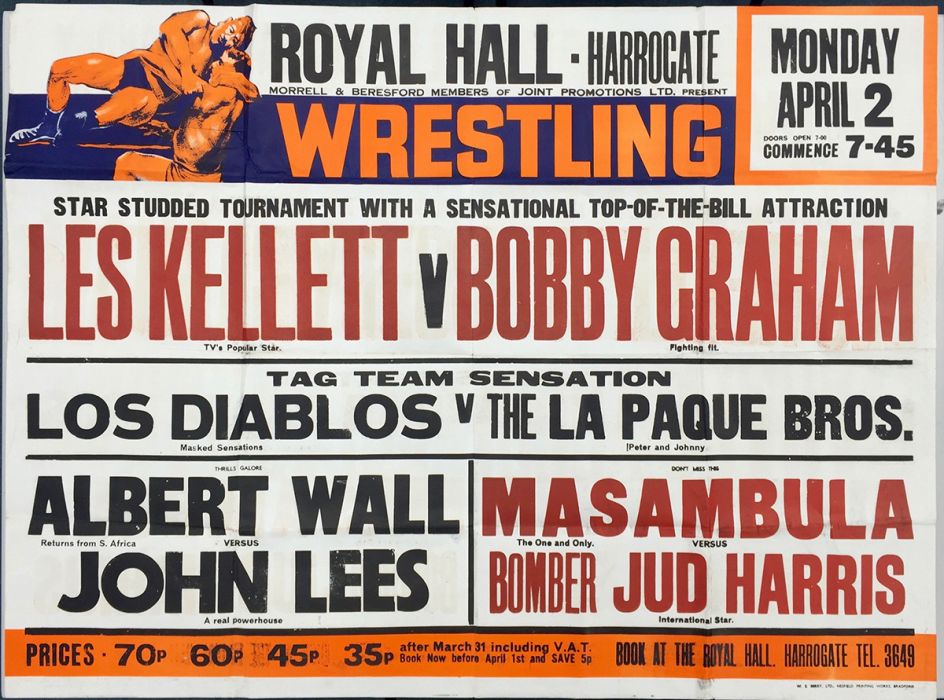
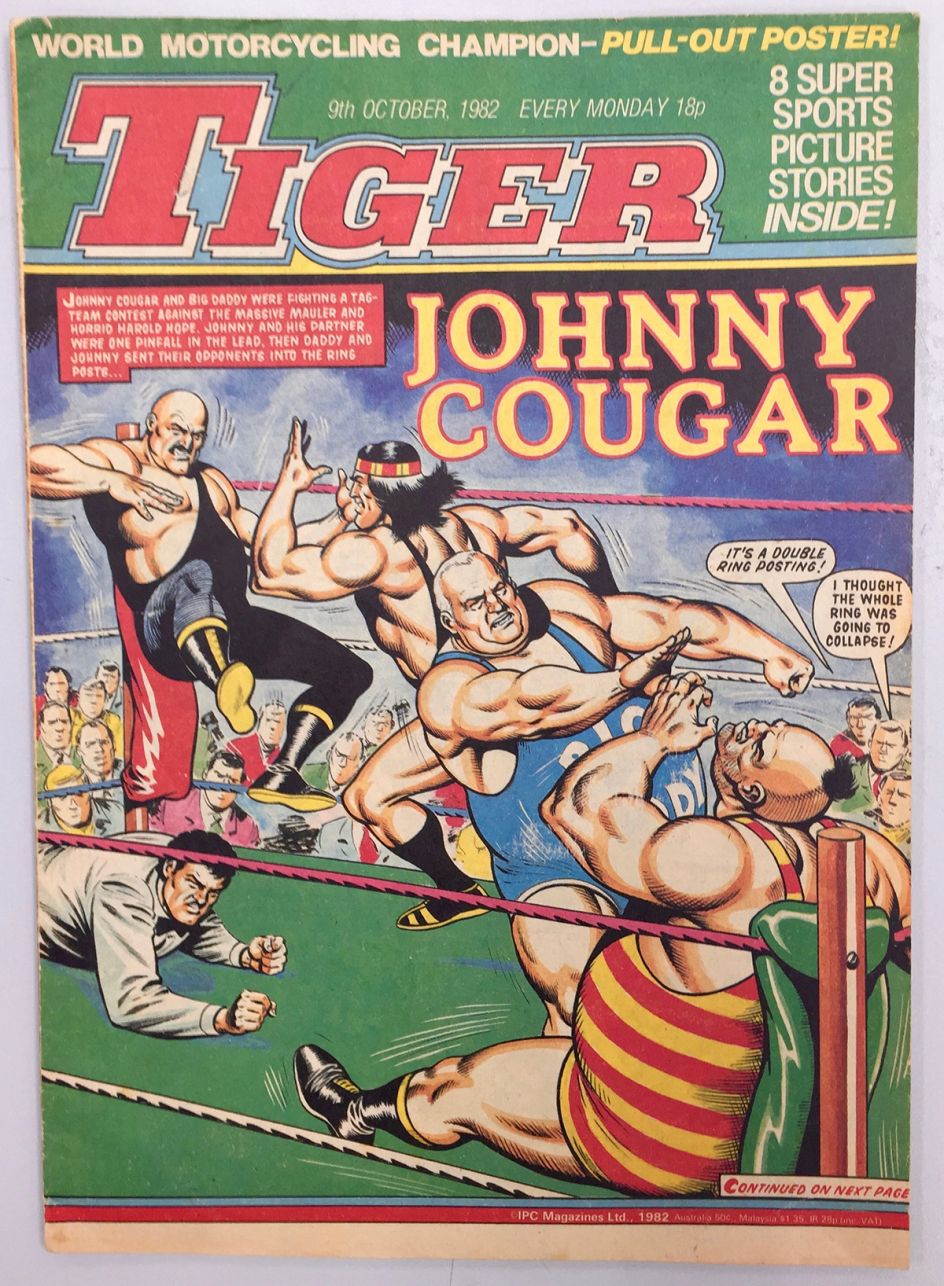
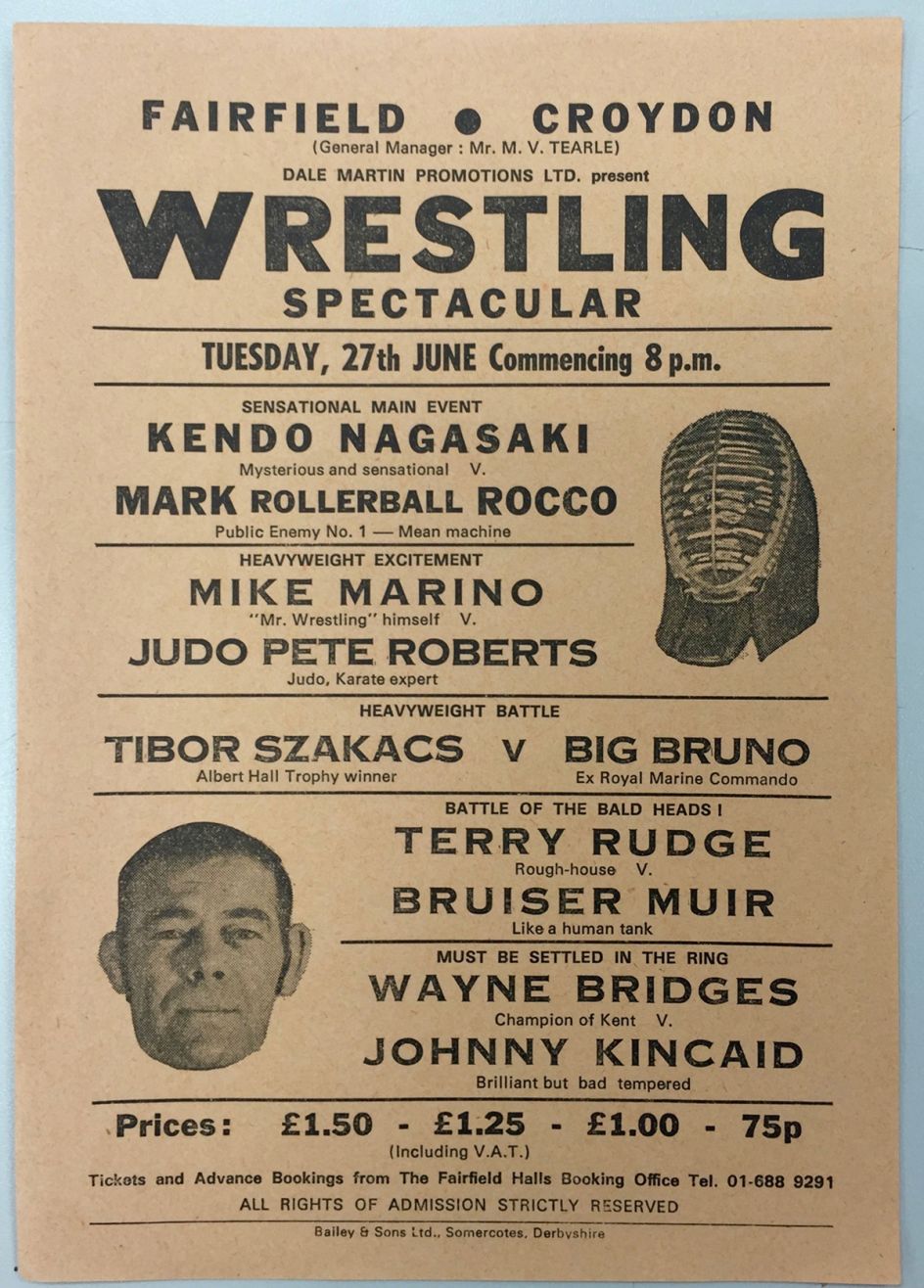
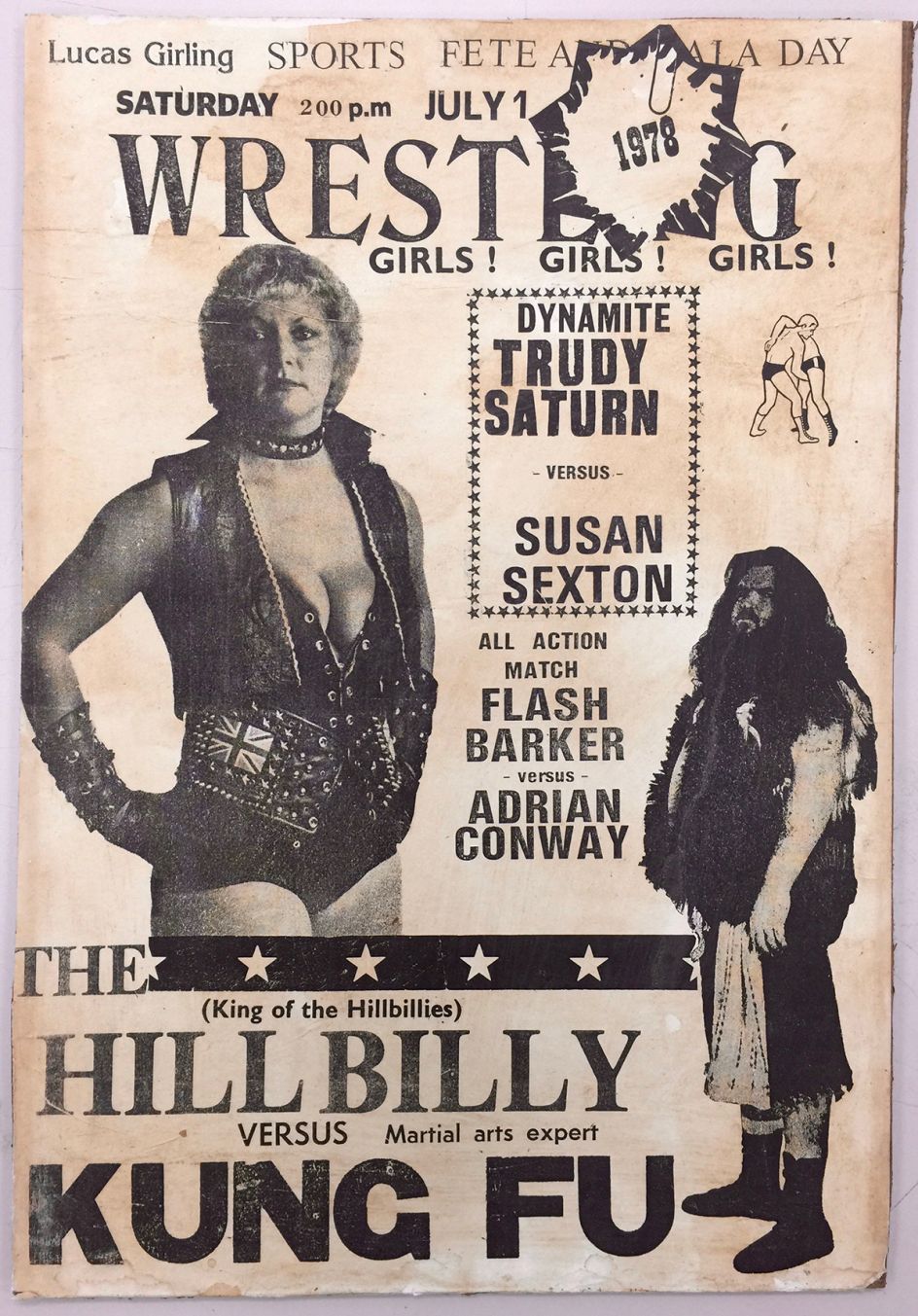
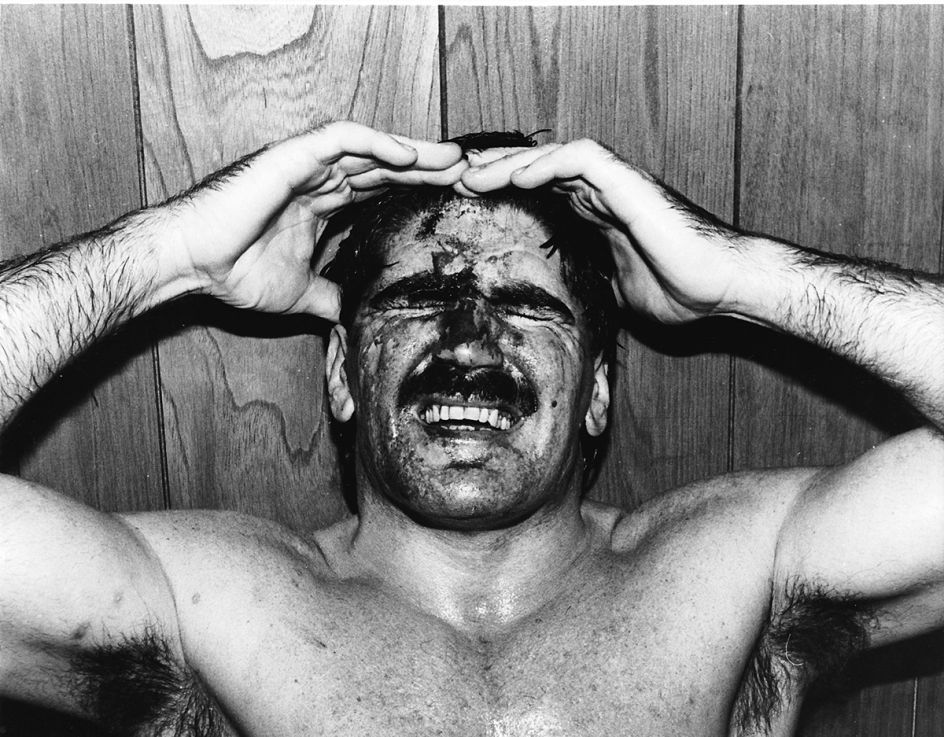
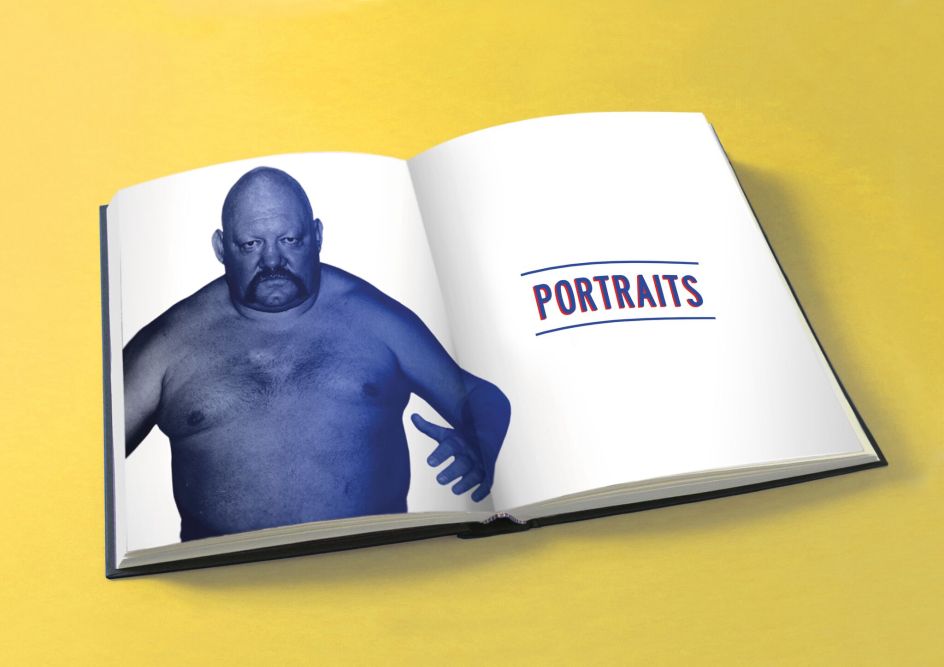
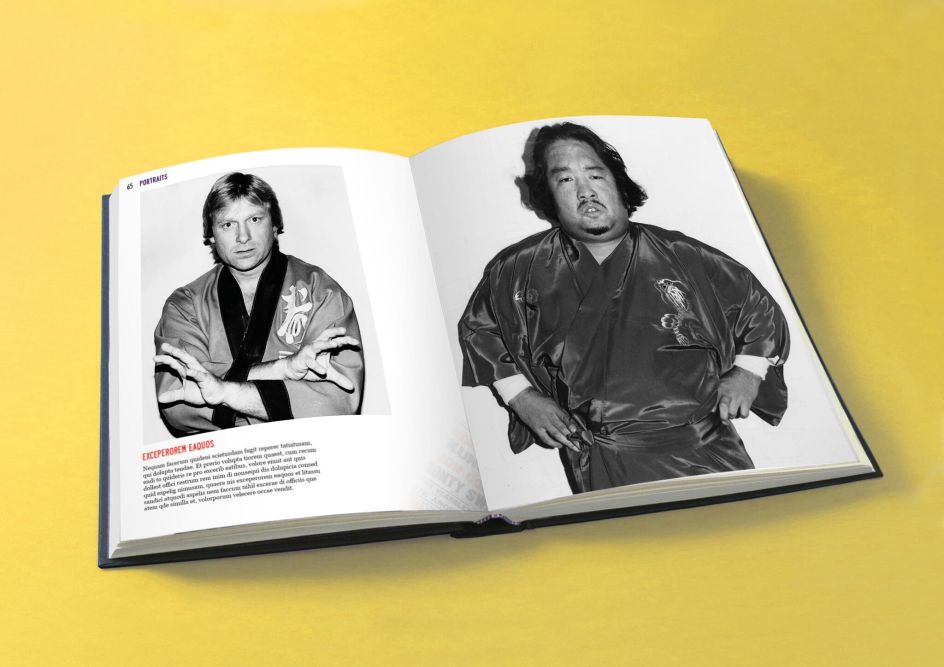
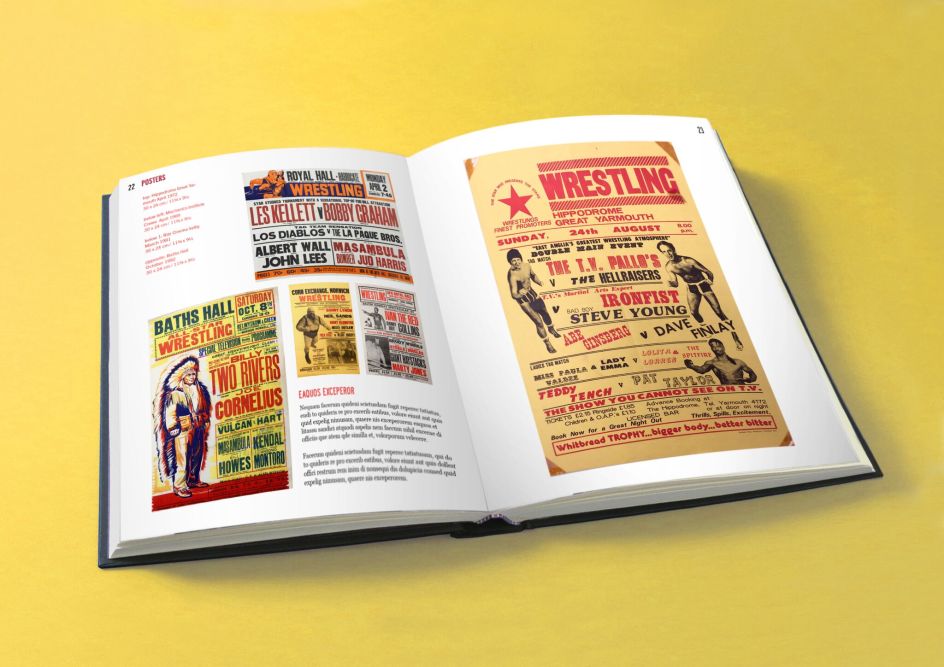
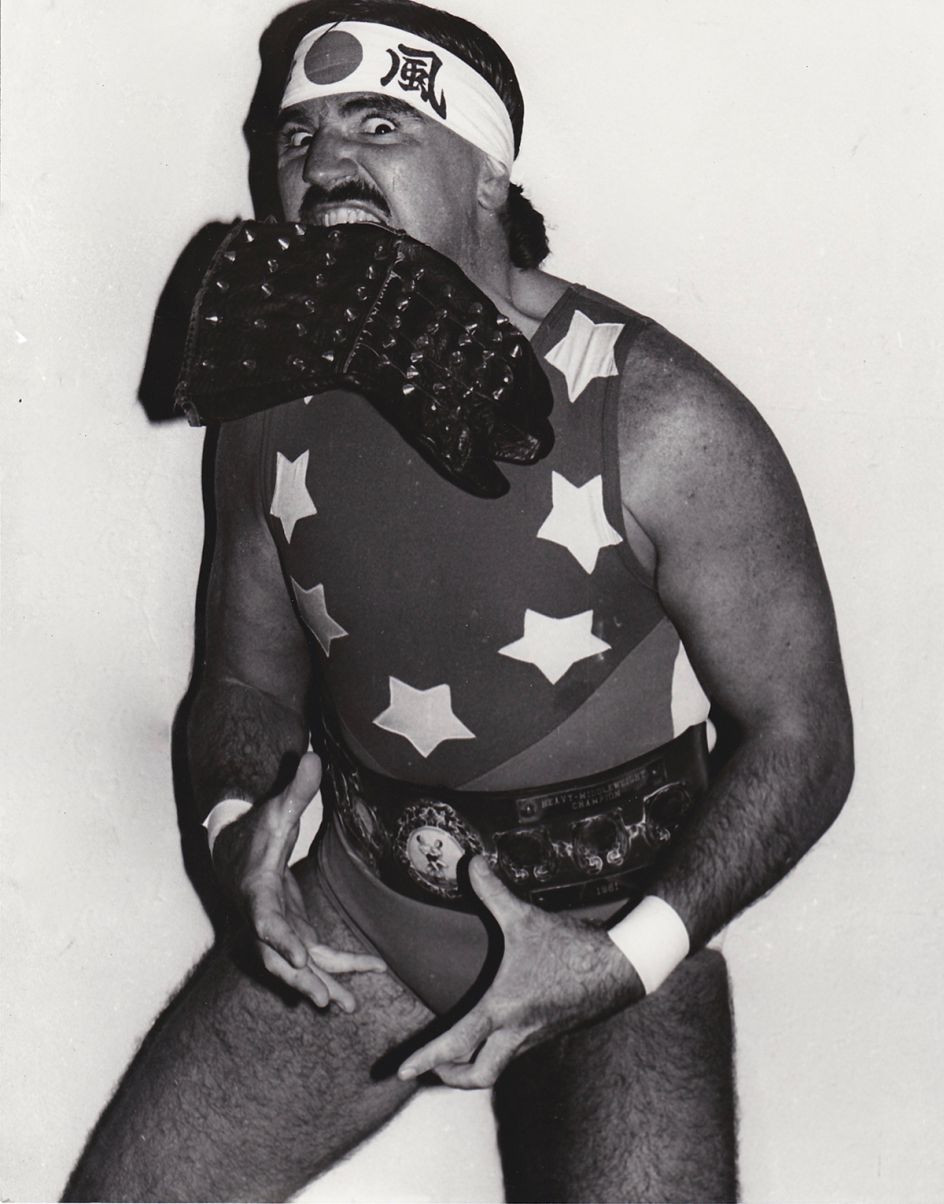
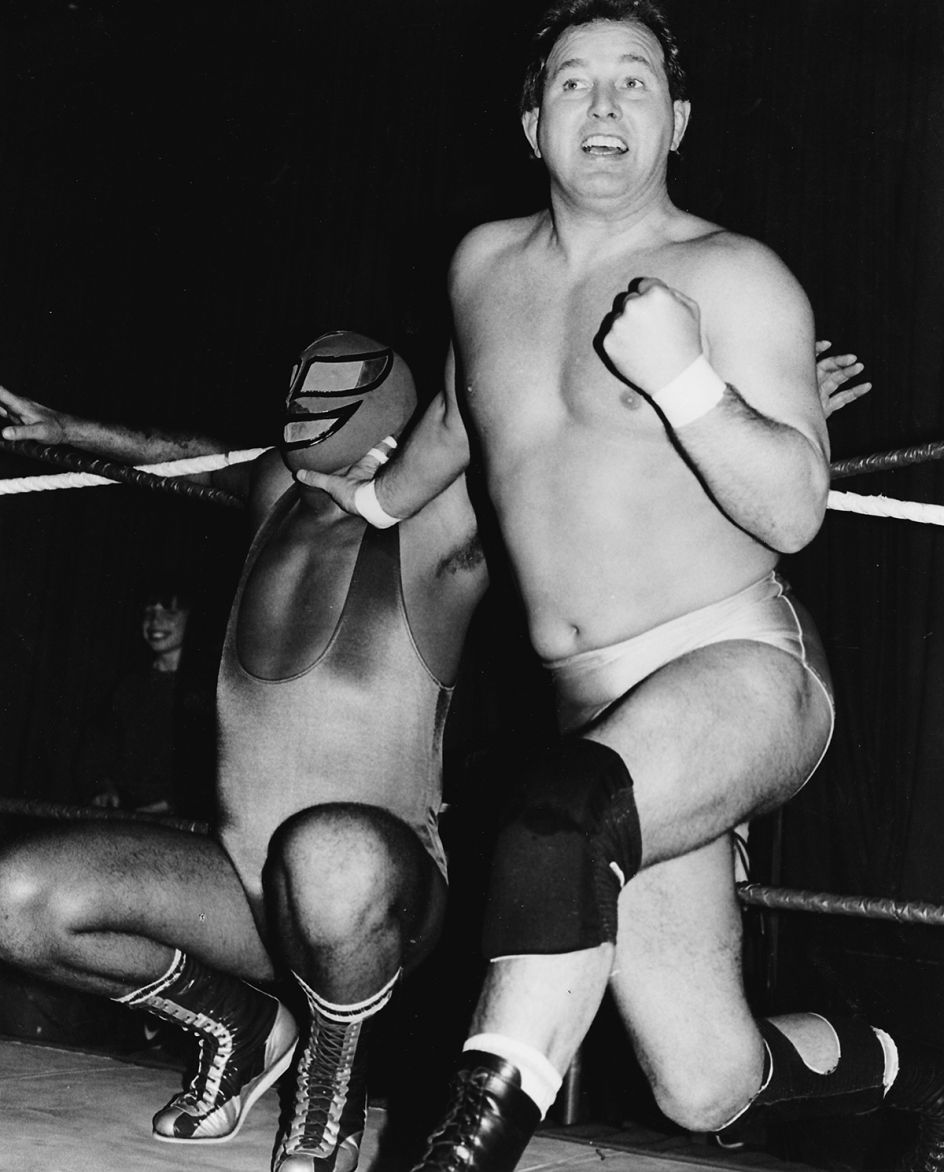





 by Tüpokompanii](https://www.creativeboom.com/upload/articles/58/58684538770fb5b428dc1882f7a732f153500153_732.jpg)


 using <a href="https://www.ohnotype.co/fonts/obviously" target="_blank">Obviously</a> by Oh No Type Co., Art Director, Brand & Creative—Spotify](https://www.creativeboom.com/upload/articles/6e/6ed31eddc26fa563f213fc76d6993dab9231ffe4_732.jpg)









